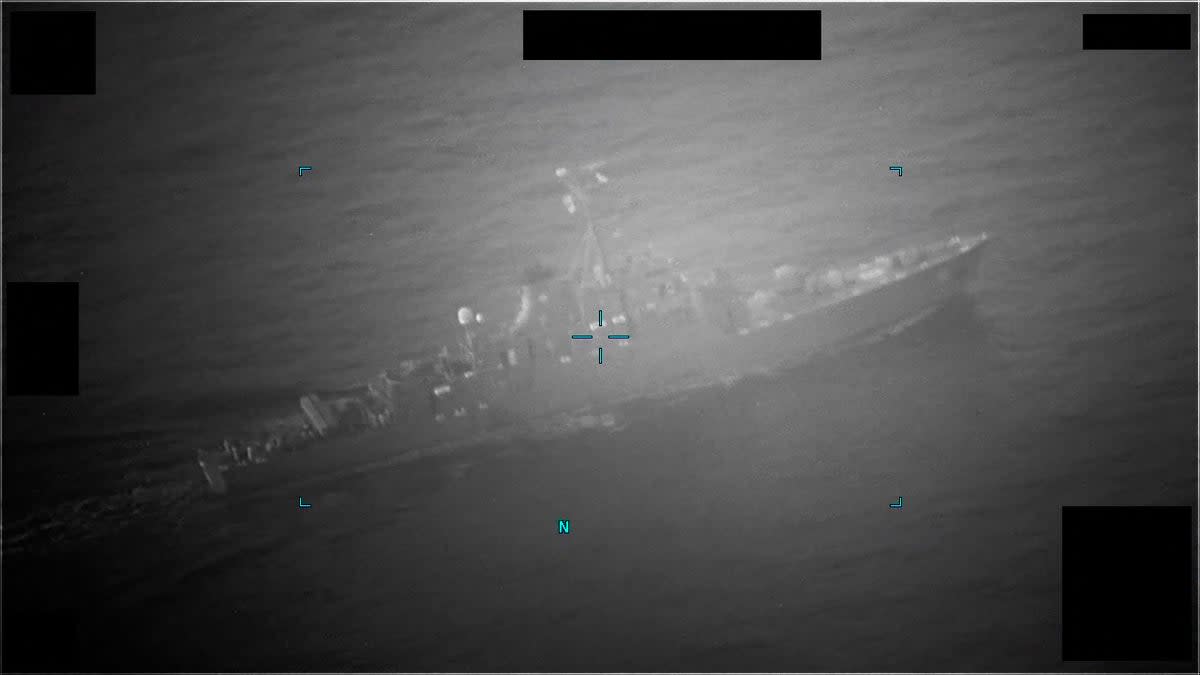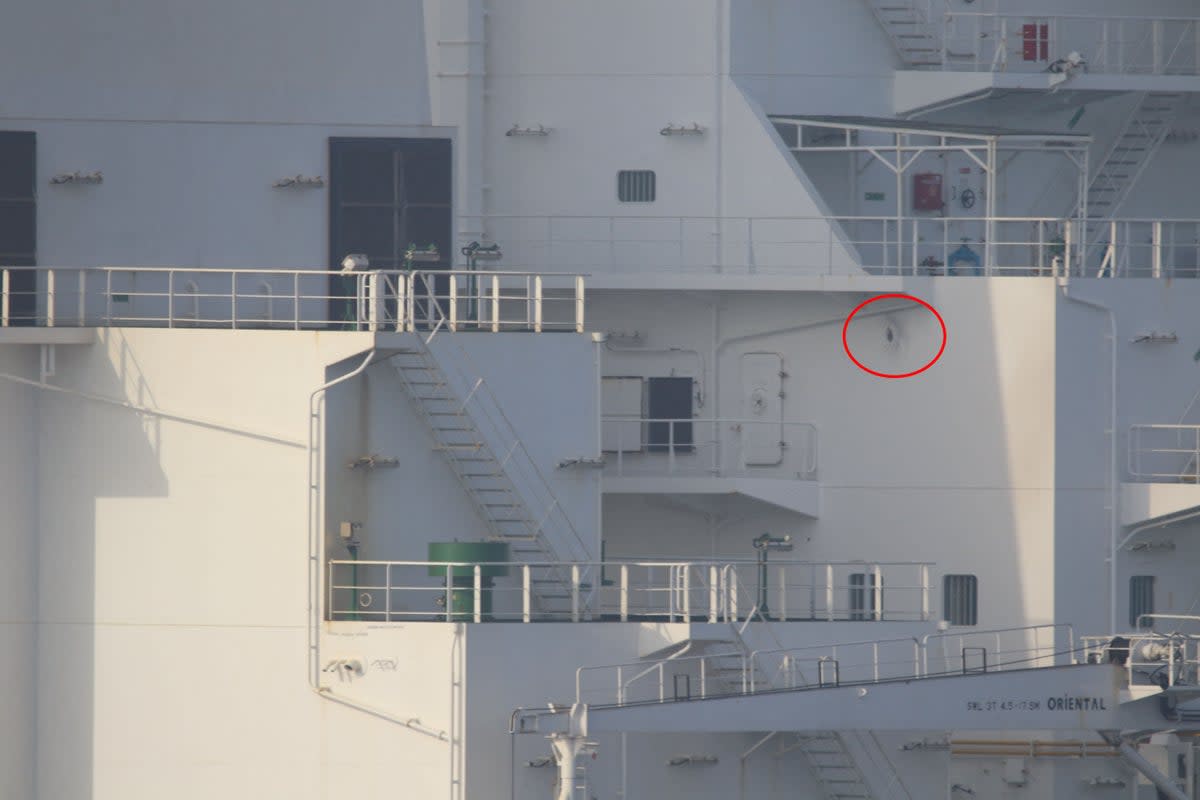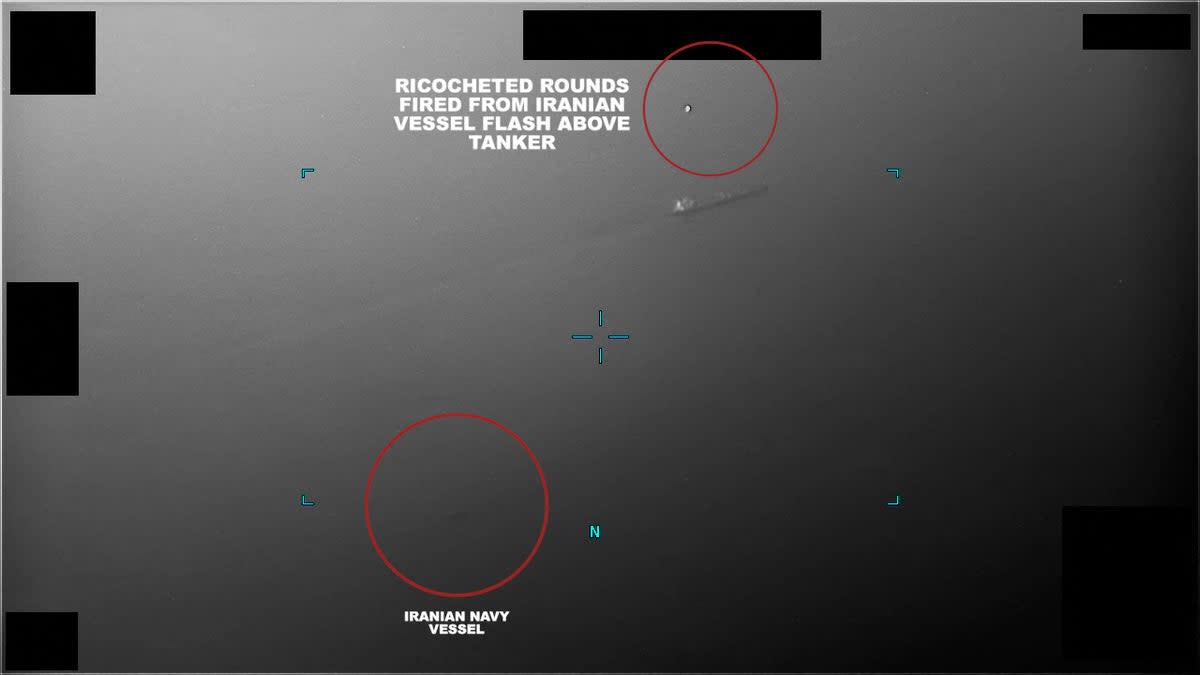Iran fires shots in attempt to seize two oil tankers, says US

Iran attempted to seize two oil tankers in Gulf waters and fired shots at one of them, the US navy claimed, as Tehran said it had permission to seize the cargo.
The US navy said on Wednesday that it dispatched guided-missile destroyer USS McFaul to respond to a distress call from Richmond Voyager, a Bahamas-flagged oil tanker, in international waters after Iranian authorities stopped it.
The oil tanker, which is managed by US oil company Chevron, was blocked by Iranian navy vessels which also fired shots, the navy said. But the Iranian vessels departed after McFaul arrived on the scene.
On Thursday, Iran said it has court orders to seize the Richmond Voyager as its collision with an Iranian ship had injured five crew members on board and caused flooding on the vessel.
The Maritime Search and Rescue Center of Iran’s Hormozgan Province told official IRINN news agency that the Iranian ship owner had requested the tanker be seized after the vessel collided with the Iranian tanker and did not stop after the incident.
Chevron said its crew were safe and the vessel was operating normally.
In the latest in a series of attacks on ships in the area since 2019, an Iranian vessel first approached the Marshall Islands-flagged oil tanker TRF Moss at 0100 local time (2100GMT) on Wednesday, US navy said.
Three hours later, the US navy received a distress call from Richmond Voyager as the ship was travelling more than 20 miles (32km) off the coast of Muscat, Oman, and transiting international waters.

The navy said they sent the USS McFaul to Gulf of Oman to assist TRF Moss and then directed its course towards the merchant ship at maximum speed.
"Prior to McFaul’s arrival on scene, Iranian personnel fired multiple, long bursts from both small arms and crew-served weapons," the Navy said.
"Richmond Voyager sustained no casualties or significant damage. However, several rounds hit the ship’s hull near crew living spaces. The Iranian navy vessel departed when McFaul arrived."
A spokesperson for the White House National Security the US will respond to Iranian aggression.

"The United States will respond to Iranian aggression together with our global allies and our partners in the Middle East region to ensure the freedom of navigation through the Strait of Hormuz and other vital waterways," the statement said.
Vice admiral Brad Cooper, commander of US Naval Forces Central Command, praised the McFaul crew for their prompt response and preventing another seizure with “exceptional effort”.
Amidst periods of heightened tension between the United States and Iran, strategic Gulf waters have witnessed a series of attacks on shipping since 2019.
Over a month ago, Iran seized two oil tankers within a span of a week, the US navy said, adding that Tehran seized nearly 20 internationally flagged vessels since 2021.
The latest exchange took place in Strait of Hormuz, a chokepoint between Iran and Oman from where a fifth of the world’s supply of seaborne crude oil and oil products passes through, according to Vortexa.
